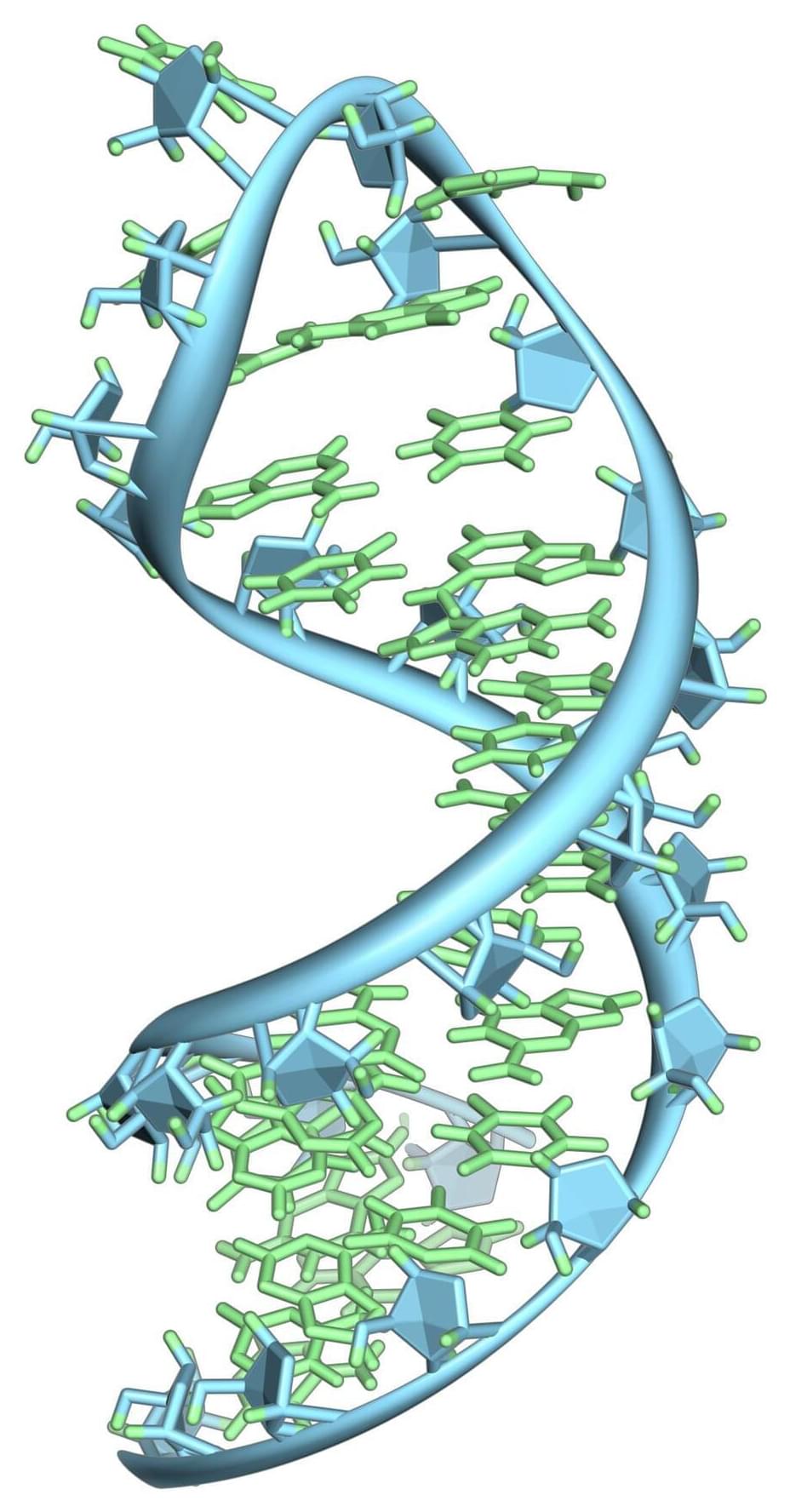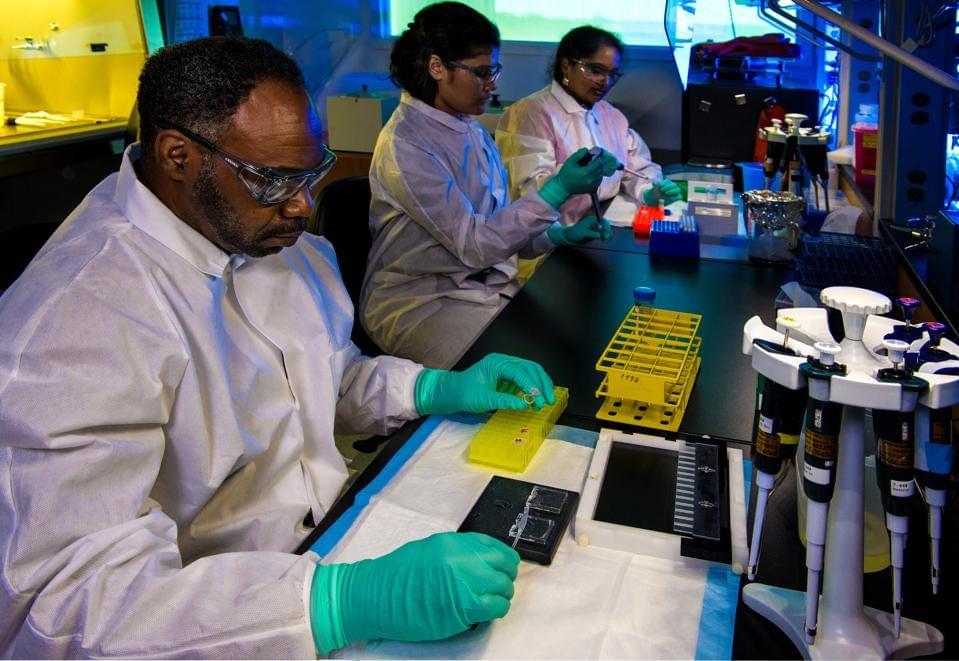A few days ago, United Nations World Food Program (WFP) director David Beasley told CNN that a small group of ultra-wealthy individuals such as Tesla and SpaceX CEO Elon Musk could help solve world hunger with just a fraction of their net worth. Musk’s net worth currently stands at $311 billion thanks to a recent rally in TSLA stock, effectively making the CEO the world’s wealthiest individual today.
While speaking at CNN’s Connect the World with Becky Anderson, Beasley called for billionaires to “step up now, on a one-time basis.” He also noted that even just 2% of Musk’s current net worth could solve world hunger. This translates to roughly about $6 billion. “$6 billion to help 42 million people that are literally going to die if we don’t reach them. It’s not complicated,” the UN WFP director said.
Musk has now responded to Beasley’s statements. While responding to a post on Twitter which highlighted that the UN World Food Program actually raised $8.4 billion in 2,020 Musk noted that if the WFP could explain exactly how $6 billion would solve world hunger, then he would be more than willing to sell some TSLA stock right now. This is a key point as most of Musk’s net worth is tied to his majority stake in Tesla. This means that for Musk to have $6 billion in cash, he’d have to sell TSLA stock, which would then be taxed.








